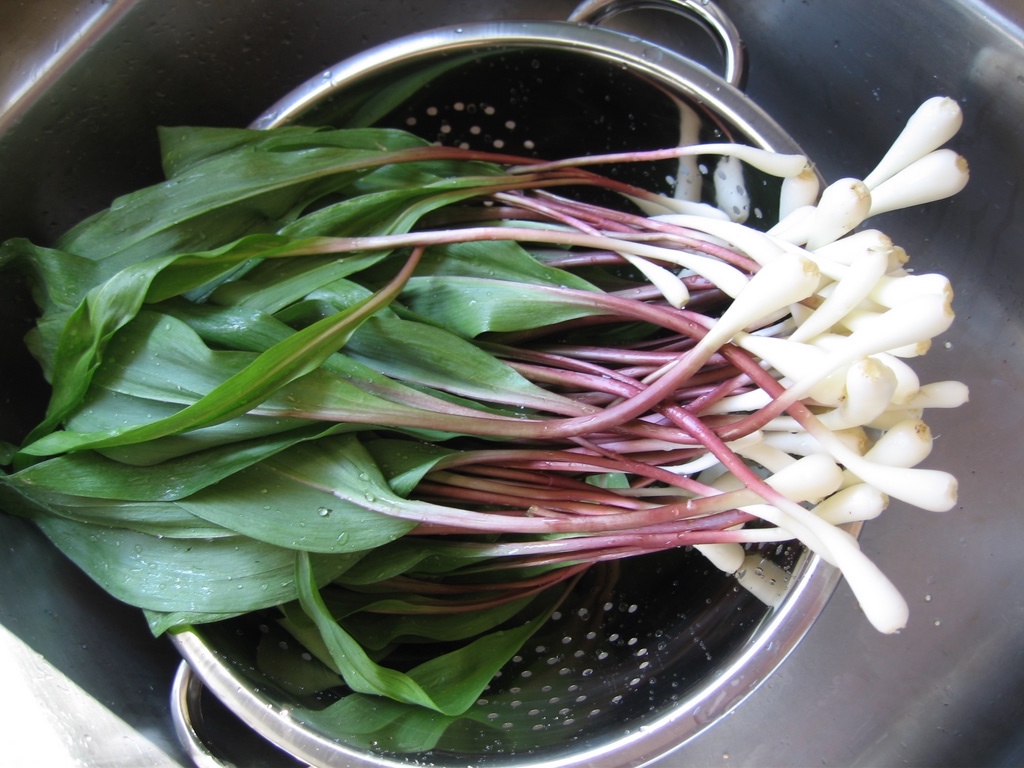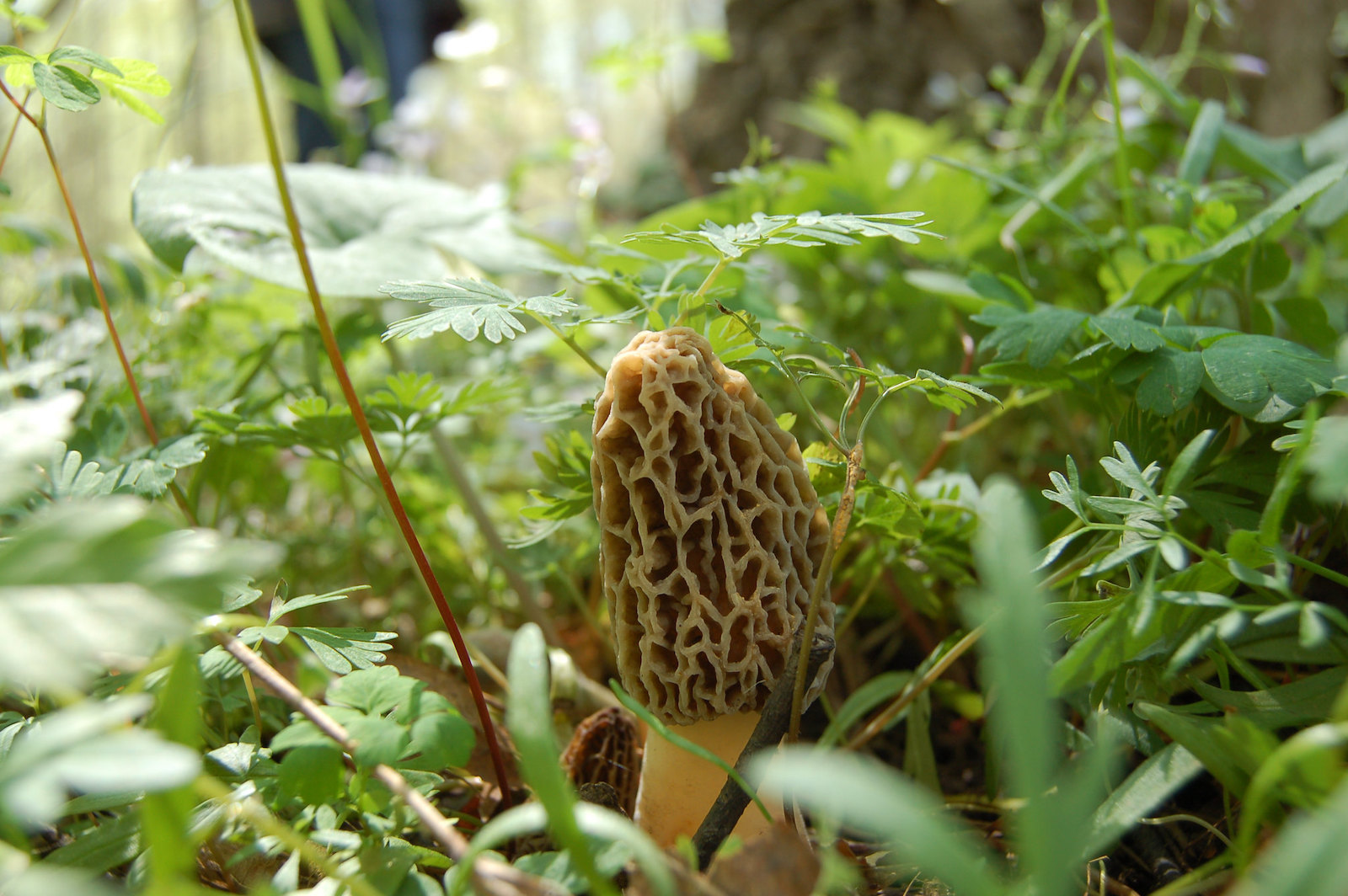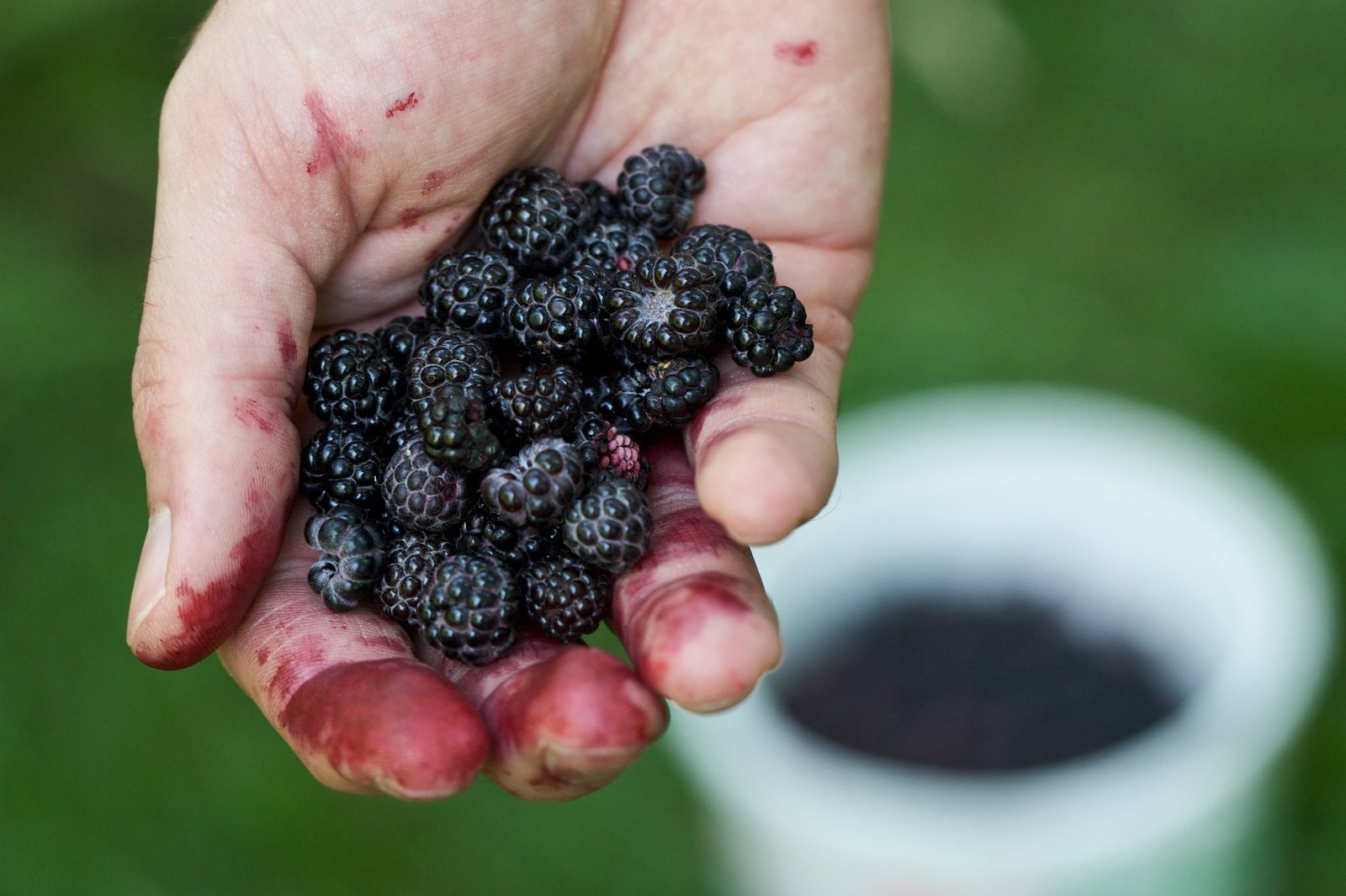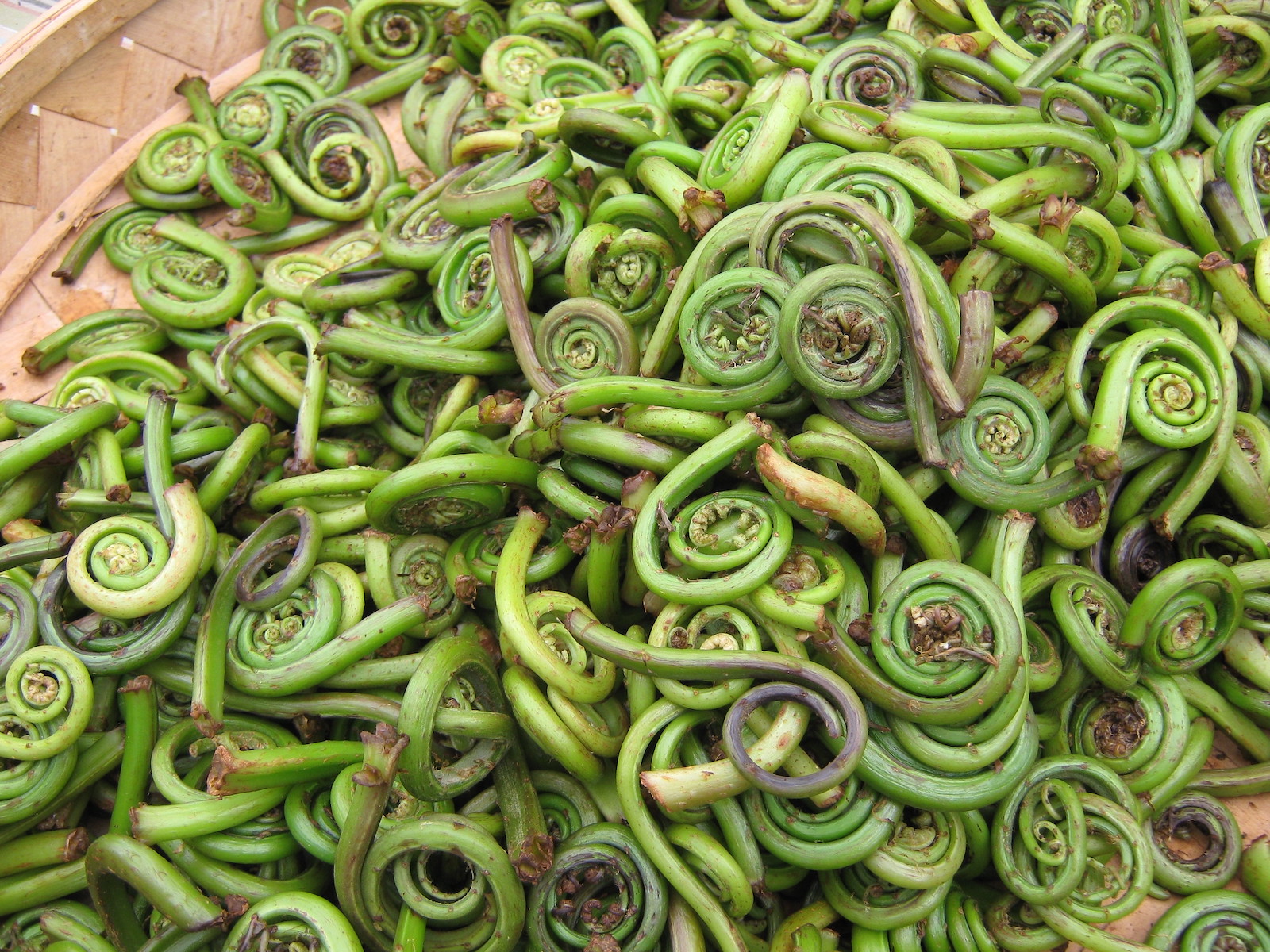An assortment of foraged berries and mushrooms. - Photo credit: EricksonSmith
Foraging nourished early hunter-gatherer humans for millions of years, and today is growing in popularity as a way to reconnect with nature, be more self-sufficient, and supplement food sources.
A brief history of foraging
For much of history humans lived a hunter-gatherer lifestyle. Before the advent of organized agriculture, early humans were dependent on food they could acquire in their environment. They hunted and fished for protein, and foraged and stored berries, honey, nuts, roots, greens, and other plants for starches and vitamins. This lifestyle required that groups be nomadic, moving to avoid predators and poor weather, and in pursuit of animal herds and other seasonally available food sources.
As plants and animals were domesticated, people began to settle in place to become farmers. Foraging for food continued to supplement diets, and groups dependent on hunting and gathering continued to live up until about 500 years ago, when there was a steep decline in the number of hunter-gatherer cultures. Today, the Hadza people in Tanzania are known to be one of the only remaining groups living a hunter-gatherer lifestyle.

Ramps, often called wild leeks, are a spring favorite of foragers. Image courtesy of dano272
A modern resurgence
Though most humans may no longer be hunter-gatherers, foraging for food never disappeared. There have always been die-hard mushroom collectors, people who supplement their diets with wild greens, and those who gather plants for medicinal and ceremonial purposes, among others. But in the last couple years, foraging has gone from a niche practice to a wildly popular one, especially in urban areas, seen on social media with an array of influencers like Black Forager, Fascinated by Fungi, and Clueless Bushcraft who share techniques, tricks, amazing plants, and delicious-looking recipes to inspire and engage potential foragers.
It’s not hard to see the appeal of foraging. When done correctly, it comes with huge benefits for individuals and the environment. Eating foraged foods can remove invasive species like garlic mustard from ecosystems, while being a sustainable way to source native foods as well. Learning about the foods present in our environment can be a great way to better understand and connect with nature. And of course it’s a way to get delicious, fresh food for free!

Morel mushroom growing in the wild. Image courtesy of George P. Macklin
What kinds of plants can be foraged
Many people are most familiar with mushrooms as a foraged food. Fungi like truffles and morel mushrooms are difficult to cultivate and are primarily sourced by foragers. These hard-to-find treats can earn a high price tag, and expert foragers are highly secretive of their best locations. Ramps and fiddlehead ferns are other well-known and much-coveted foraged seasonal delicacies that can be spotted at farmers’ markets and on menus at farm-to-table restaurants.
But foraging isn’t always a time-sensitive, competitive process. There are many edible plants that are abundant and widespread. For example dandelions can be found in many front yards. Dandelion greens can be used as salad or sauteed, the flowers can be baked or made into fritters, and the roots can be used to make coffee. Acorns, another backyard staple, are a great source of starch. Once safely processed, they can be eaten whole, boiled into mush, or ground into flour then used to make bread or cookies. Fruit like crab-apples, blackberries, and elderberries can be made into jam.

A handful of foraged wild blackberries. Image courtesy of Chiot’s Run
Foraging safely
The stakes of foraging are high: eating the wrong thing can mean illness or even death. It’s important to only eat a plant if you are one-hundred percent sure you have identified it correctly. Even then, start by eating only a small portion to make sure you aren’t allergic.
While there are many books on foraging available, a guide to one region or state won’t necessarily be relevant in another. The very best and safest way to get started is to find a local guide and teacher. Rob Greenfield and Eat the Planet have great lists of foraging courses and experts.
For all plants, you should be aware of proper processing practices that make the plant safe to eat. For some it might be enough to wash them, others may require being cooked or otherwise treated. It’s also important to know which parts of the plant are edible and which are not. Knowing the right places to forage from is important too. You don’t want to eat from areas treated with fertilizers or pesticides, or that may otherwise be contaminated — so your dog run is off limits.

Fiddlehead ferns for sale at a farmers’ market in Washington State. Image courtesy of Glenn Fleishman
Sustainability and reciprocity
When done correctly, foraging can be an amazing way to connect with your roots and the natural world, learning about how to identify, process, and prepare native plants to nourish yourself and your family. But it’s important to make sure you are foraging sustainably, especially as the popularity of this practice grows. For example, geotagging foraging locations may make this practice more accessible, though some long-time foragers worry about the sharing of foraging locations online as it can easily lead to overcrowding and the degradation of natural resources.
Robin Wall Kimmerer, indigenous poet and biologist, and author of Braiding Sweetgrass, has a beautiful way of talking about the principle of reciprocity. Reciprocity means thinking about what we can learn from plants, and how we give back to the earth for what it gives us. She uses the sustainable harvesting of sweetgrass as an example, talking about taking only a small part of what she has found.
A good forager should abide by this principle, always leaving something behind, so the plants can continue to multiply and thrive, preserving the environment, and feeding them and other animals and humans for years to come.
